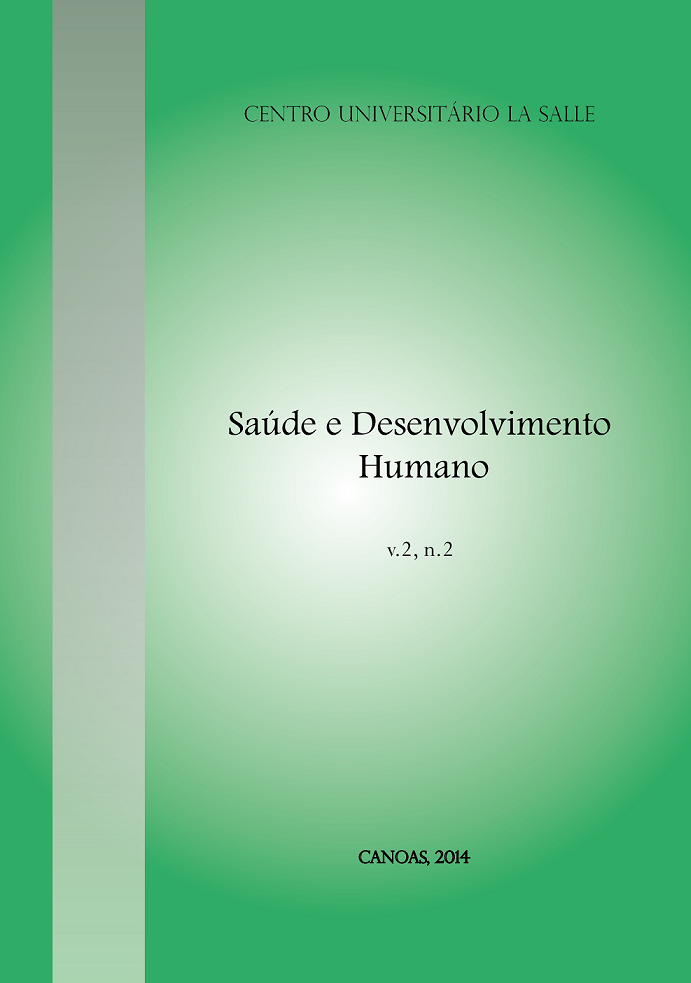Coping strategies in a competitive situation: A comparative study, using an elite wheelchair fencing group
DOI:
https://doi.org/10.18316/1894Keywords:
behavior, adaptive, athletic performance, psychological stress, wheelchair (fencing), psychology, sportsAbstract
This study explores statistical differences between eight Coping Strategies in a competitive situation (Revaluation, Self-control, Social-Support, Direct Action, Aggressive Action, Denial, Distraction, Action Inhibition) and two Coping Dimensions (Engagement and Disengagement), according to control variables: Gender, Practicing Time, Application Moment (Before and After Competition). The best six wheelchair fencing athletes (Brazilian team), both sexes, between 18 and 31 years old, responded to the Balbinotti Coping Strategy Inventory for Athletes in a Competitive Situation (iB.ECASC-40). The main results indicate differences (p < .05) between means before competition (1) of Direct Action and Denial, controlling by Gender; (2) of Revaluation and Engagement, controlling by Practicing Time Variable. Furthermore, belonging to determined gender doesn’t set different profiles of coping strategies in this specific modality. Main conclusion: Brazilian top athletes in this modality use statistically the same (p > .05) main Coping Strategies before and after a competition, denoting a certain stability of this personality characteristic. Further studies with larger samples and other sports can offer other important findings related to Coping Strategies in competitive situation.Downloads
Published
2014-12-05
Issue
Section
Artigos Originais
License
Authors who submit their manuscripts to be published in this journal agree to the following terms:
- Authors retain copyright and grant the journal right of first publication with the work simultaneously licensed under the Creative Commons Attribution License that allows the sharing of work and recognition of its initial publication in this journal.
- By virtue of the articles appearing in this open access journal, articles are free to use, with proper attribution, in educational and non-commercia.


